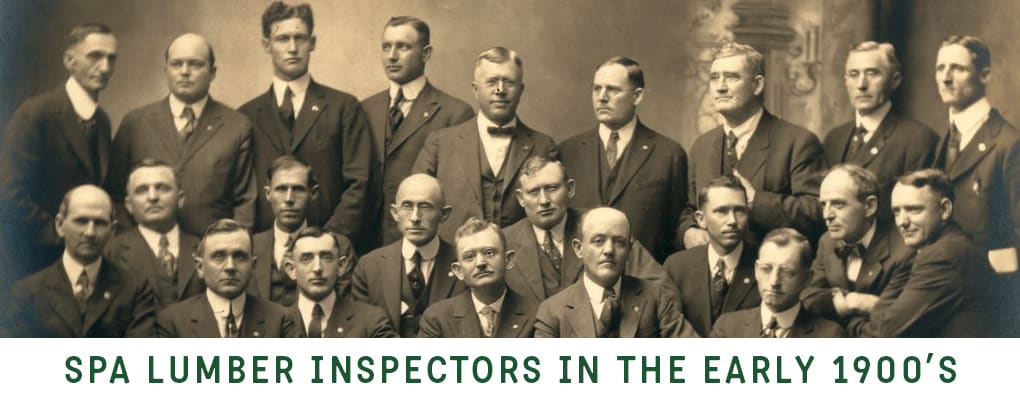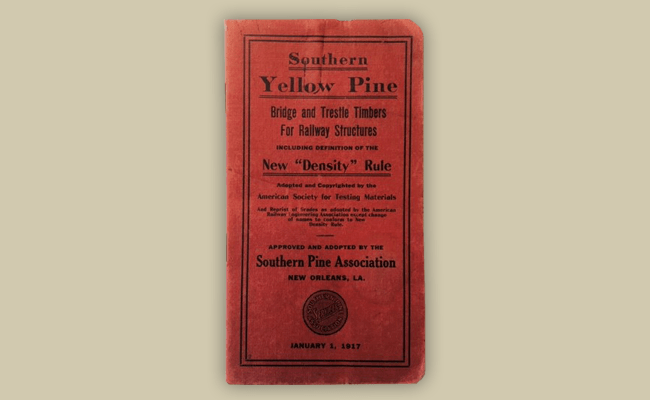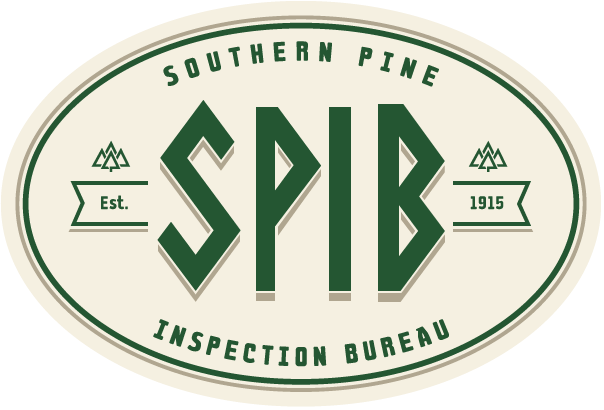
Lumber Grade-Marking History: 1917
Introduction
1917 was a year of many firsts. Jeannette Rankin officially became the first female member of the United States House of Representatives in March of that year, right around the time that Woodrow Wilson was sworn in for his second term as president. The Republic of China would later terminate all diplomatic relations with Germany, something that would act as the starting point for a lot of the conflict born in the coming decades. In an effort to limit filibusters, the U.S. Senate first adopted the cloture rule. And of course, World War I still raged across the globe.
A number of very interesting things were taking place across the lumber industry, too – many of which are more than worth a closer look.
In this section, you will learn more about the wide range of different things that were dominating the industry’s attention during this period: namely applications like shipbuilding, housing items, and other products ultimately dedicated to the war effort. You will find out about the level of industrial mobilization that was in full swing, as the industry needed to better position itself to handle the significant volume of government requirements in connection with the Council of National Defense. The United States Shipping Board will also finally be introduced, which will play a very important role in this story moving forward.
We hope that it will be as interesting as it was important and that it will continue to fill in some critical gaps regarding this fascinating story that is continuing to play out across the decade.
1917
Yellow pine as a name disappeared and southern pine took its place. Advertising and publicity accomplished the transition – for the betterment of the industry.
Ship-building, housing items, and other war-time products dominated industry’s attention. Industrial mobilization, to facilitate and handle the large volume of Government requirements in connection with the Council of National Defense, and the United States Shipping Board, was a reality. Lumber and timbers for cantonments, manufacturing plants, shipyards, dockage, warehouse and terminal facilities – domestic and export – followed and played an important part in national emergency accomplishments.
With the urgency and rush of war orders little time was available for refinements of Association activities. Grading rules and specifications had been fully considered and revised during 1915 and 1916. Official announcement was made (1917) that changes in specifications, covering many items and previously developed, were effective. The Inspection Service, alternating between regular mill inspection work and claim inspection, continued.
An increasing demand for use of the Density Rule was observed.

The subject of branding practice under Association guidance and supervision was dormant. Controversies over individual mill branding developed. Use on a satisfactory cost basis of the McDonough Branding Machine was still unsettled, but the idea that the Southern Pine Association adopt a plan for branding all subscriber mill products persisted, and toward the end of the year the Association again opened negotiations for use of the McDonough unit on some reasonable basis. Other machines were still on the market and investigation of their merits was currently in progress. The McDonough Branding Machine, however was regarded as superior in theory and principle, and continued in favor.
The Webb Law passed both Houses of Congress granting the right to form sales organizations for the handling of export business.
References
Pine and Patriotism. Official Report of the Third Annual Meeting of the Subscribers to the Southern Pine Association, Grunewald Hotel, New Orleans, La., February 19 and 20, 1918.
Branding Matters. File. 1917.
